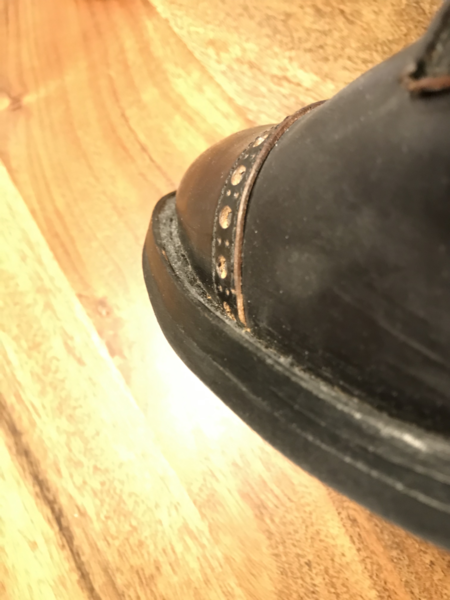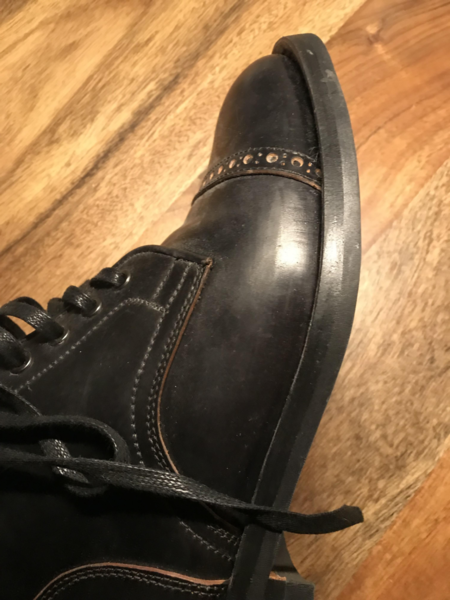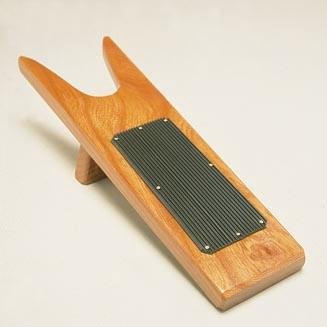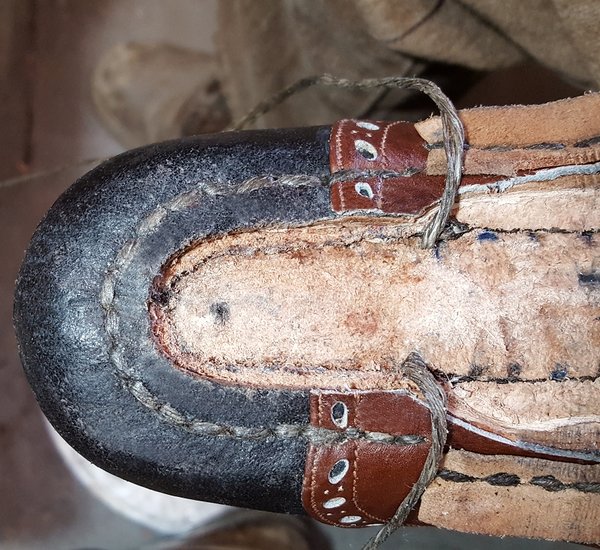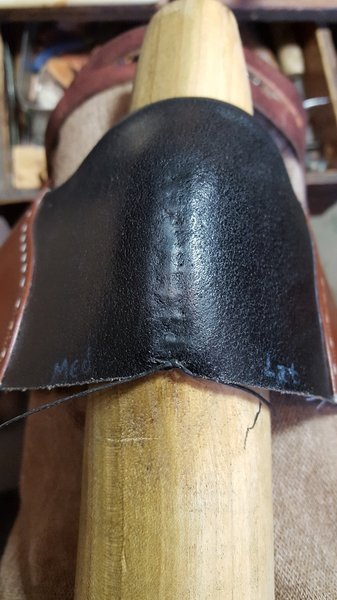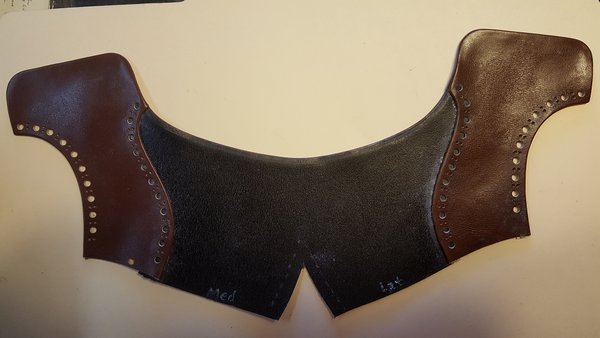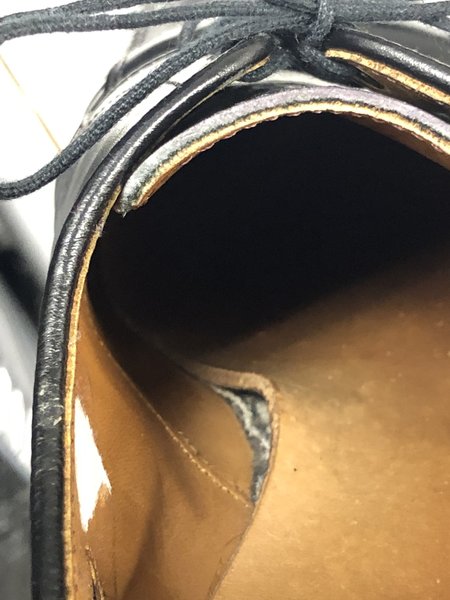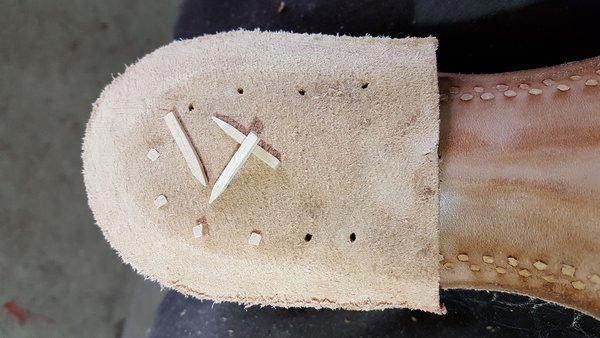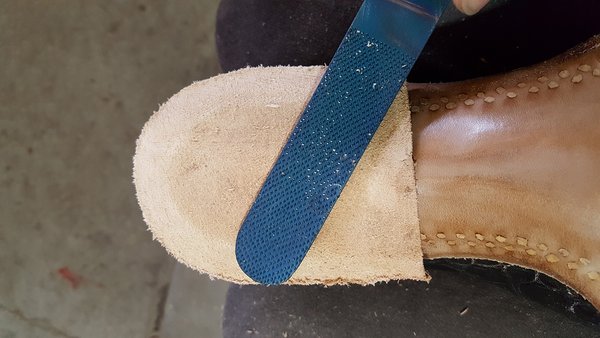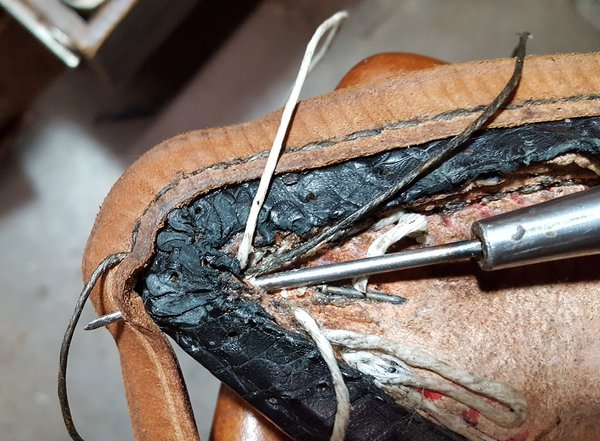jerrybrowne
Distinguished Member
- Joined
- Jul 29, 2009
- Messages
- 2,929
- Reaction score
- 649
Cleverley has lined a few of my shoes with kid glace. I think they use it mainly for bright colored linings....
http://www.aacrack.co.uk/product/lining-footwear/glace-kid-brg-08-10.html
Lamb is sheep. I dunno...I've just never seen any sheep or goat that was suitable for the wear and tear that a shoe gets...inside or out.
Cleverley has lined a few of my shoes with kid glace. I think they use it mainly for bright colored linings....
http://www.aacrack.co.uk/product/lining-footwear/glace-kid-brg-08-10.html
Last edited:






